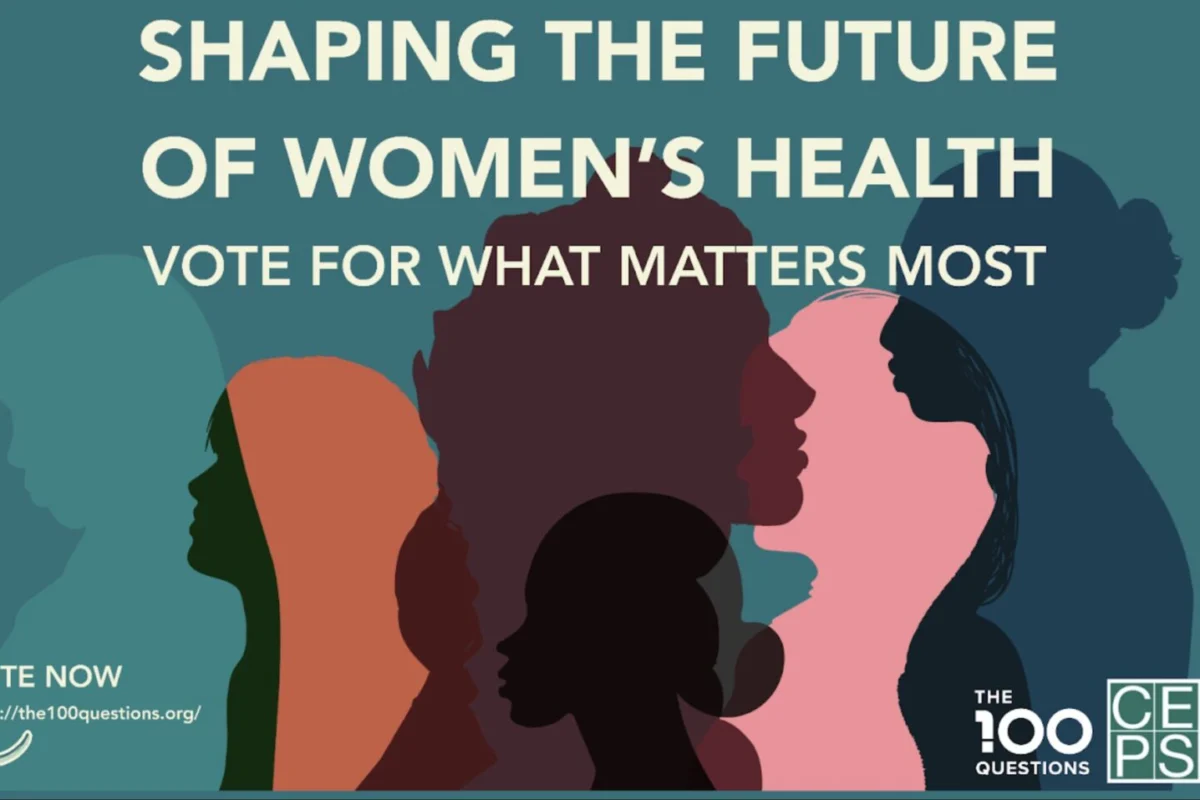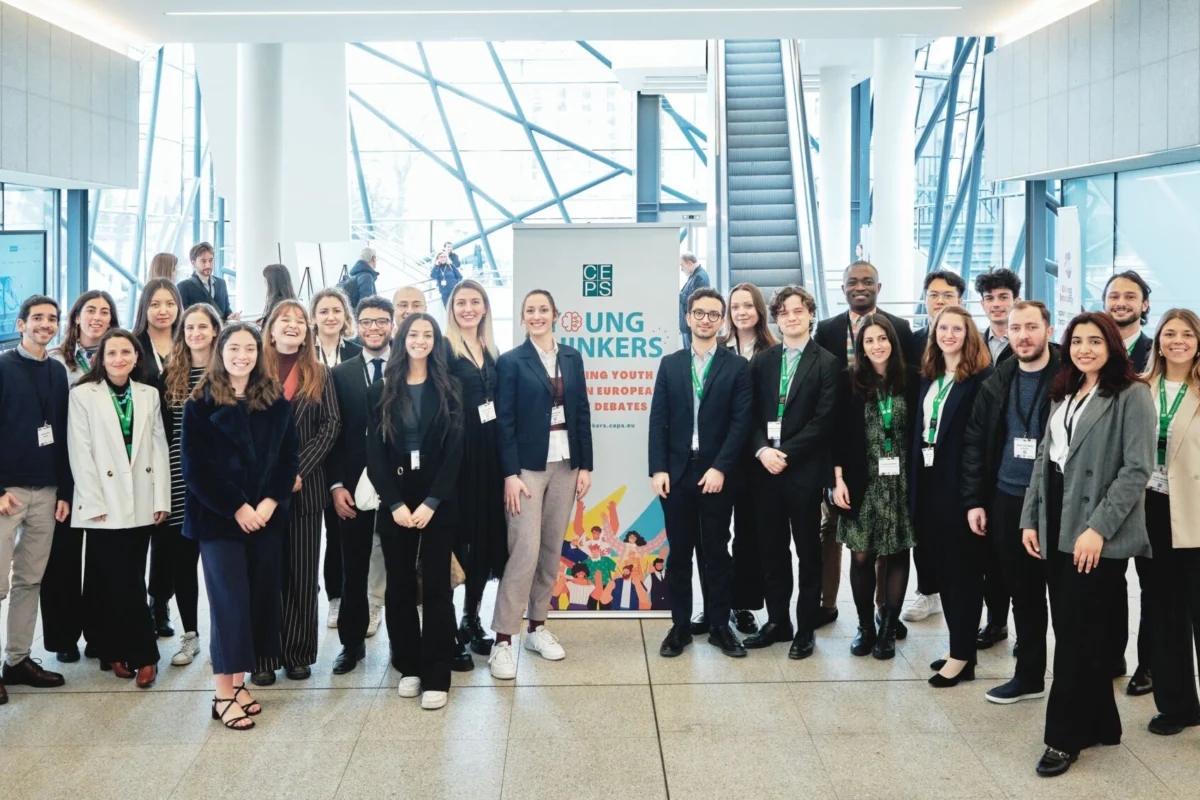Over the past several weeks, a wide and diverse group of individuals from around the world have contributed to identifying what matters most for the future of women’s health innovation. Through the public ranking phase of The GovLab’s 100 Questions Initiative, developed in partnership with CEPS under the Gates-funded R&I project – practitioners, policymakers, and community members helped surface the most urgent, actionable, and transformative questions. Their collective insights have shaped the emerging agenda for advancing women’s health research and innovation. Today, we are pleased to share the ranked Top 10 Priority Questions for Women’s Health. These questions reflect a broad global consensus on the areas where innovation, funding, and research can generate the greatest impact, spanning reproductive health, chronic disease, mental health, aging, equity, and the structural barriers that continue to limit women’s access to high-quality care. The public voting phase is the final phase of the 100 Questions Initiative which began with the development of the Women’s Health Topic Map which was used as a foundation to inform the questions that needed to be asked to advance progress in this space.

World Map of Voters
Participants from more than 30 countries took part in the ranking process. This global engagement reflects the truly international relevance of women’s health and the urgent need for data-driven, participatory approaches to set research and innovation priorities for the decade ahead.
This ranking marks an important milestone:
- A collective agenda built not by experts alone, but by the people who work on, experience, and shape women’s health every day.
- A signal to funders and innovators about where investment is most urgently needed.
- A roadmap for researchers and policymakers seeking to channel efforts toward high-impact, demand-driven challenges.
Thank you to everyone who contributed, voted, and shared insights. Your participation helps ensure that the future of women’s health is guided not by assumptions but by the priorities of those who know the issues best.
The Results: The Top 10 Questions
With voting now closed, we are pleased to announce that the global community has prioritized the ten questions ranked as follows:
- What structural, social, and policy factors perpetuate women’s disadvantages across health, political, and economic domains and what evidence-based transdisciplinary strategies can effectively dismantle these barriers?
- What measurable social, economic, and health outcomes are associated with prioritizing women’s health (including reproductive health and postpartum care) as shared societal infrastructure rather than an individual burden?
- Which emerging or underserved areas in women’s health including promising technologies and commercially viable but underfunded innovations warrant strategic investment to drive transformative breakthroughs, improve health outcomes, and advance health equity?
- What financing instruments, funding models, or regulatory approaches could attract and sustain investment in women’s health research and development (R&D) including women-led innovations in underserved areas?
- What strategies, methodologies, and types of evidence are most effective in identifying and closing gaps in women’s health research that address barriers to scaling innovations for underserved populations?
- How can public funders of research & innovation (R&I) ensure that biomedical studies consistently collect and report sex- and gender-disaggregated data and what proportion of current research meets this standard globally?
- What strategies to engage men and boys through violence prevention, caregiving, and reproductive health are most effective in challenging harmful social norms and improving health outcomes for women and gender minorities especially in low- and middle-income countries?
- How might gaps in women’s health data affect the accuracy of artificial intelligence (AI) diagnostics and what strategies can ensure AI systems are designed to serve everyone, not just the statistical majority?
- What are the effects of estrogen and progesterone on non-reproductive organs such as the brain muscles, metabolism, and digestion; and how does hormone therapy influence these systems?
- How can policy, public health, and innovation systems better integrate sex- and gender-based data to close the gap between female longevity and female quality of life in old age?
We look forward to bringing these questions into actionable spaces to bring much needed momentum to women’s health around the world.











